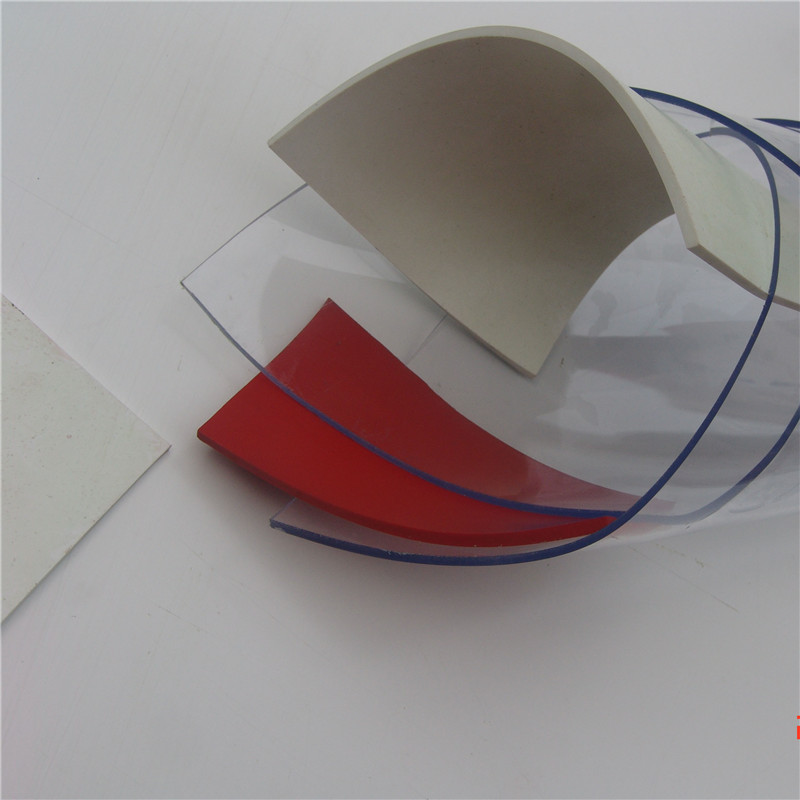Jul . 30, 2024 04:10 Back to list
Exploring the Benefits and Applications of CPVC Boards in Construction and Industry
Understanding CPVC Board Features, Benefits, and Applications
CPVC (Chlorinated Polyvinyl Chloride) board is a versatile and widely used material in various industries due to its distinct properties and advantages. As a thermoplastic material, CPVC board originates from the chlorination of PVC, enhancing its thermal stability and chemical resistance. This article explores the features, benefits, and applications of CPVC board, showcasing why it is becoming a preferred choice in many sectors.
Features of CPVC Board
One of the primary features of CPVC board is its excellent chemical resistance. This makes it suitable for environments where it will be exposed to harsh chemicals or corrosive substances. CPVC boards can handle a wide range of acids, bases, and solvents, making them ideal for use in laboratories, chemical plants, and wastewater treatment facilities.
Another notable characteristic of CPVC board is its high-temperature resistance. Unlike standard PVC, which can warp and deform under high heat, CPVC maintains its structural integrity at elevated temperatures. This property allows it to be utilized in hot water applications, including plumbing and drainage systems, without the risk of melting or becoming deformed.
Furthermore, CPVC boards are lightweight yet durable, which simplifies handling and installation. They can be cut, shaped, and bonded with ease, allowing for flexibility in construction and modification. This adaptability, combined with their long lifespan, makes CPVC boards a popular choice for builders and contractors.
Benefits of CPVC Board
The advantages of using CPVC board extend beyond its physical properties. One significant benefit is its low thermal conductivity. This feature helps in maintaining temperature control, making it an energy-efficient option for insulation. In addition to energy savings, this characteristic contributes to improved comfort in buildings by minimizing heat transfer.
cpvc board

Moreover, CPVC boards are fire retardant, meeting various safety standards that are crucial for construction. They do not support combustion, providing an additional layer of safety in residential and commercial buildings.
Another benefit is the ease of maintenance associated with CPVC boards. They do not corrode or rust like metal materials, nor do they require regular painting or sealing. A simple cleaning is usually sufficient to maintain their appearance and functionality, making them a cost-effective choice in the long run.
Applications of CPVC Board
Due to its unique properties, CPVC board finds applications in a variety of sectors. One of the most common uses is in plumbing systems. CPVC pipes and fittings are widely used for hot and cold water supply systems, particularly in residential and commercial buildings. Their ability to withstand high temperatures and resist chemical corrosion makes them ideal for these applications.
In the industrial sector, CPVC boards are used extensively in the construction of chemical processing equipment, tanks, and piping systems. Their robust resistance to corrosive chemicals ensures that they can handle the demands of various manufacturing processes.
Additionally, CPVC boards are gaining traction in the construction sector, where they are used for wall panels, doors, and partitions. Their lightweight nature, combined with high durability, allows for innovative architectural designs while maintaining structural integrity.
Conclusion
CPVC board is a remarkable material with a wide array of features and benefits that make it suitable for numerous applications. Its superior chemical resistance, high-temperature stability, lightweight nature, and fire-retardant properties make it an attractive choice in both residential and industrial settings. As industries continue to focus on efficiency, safety, and sustainability, the demand for CPVC boards will likely grow, solidifying their position as a staple in modern construction and engineering.
-
HDPE Pipe Fittings: Durable, Leak-Proof Solutions
NewsAug.16,2025
-
Premium CPVC Sheet: High-Temp & Chemical Resistant Solutions
NewsAug.15,2025
-
Durable PPR Pipe for Hot & Cold Water Systems - Easy Install
NewsAug.14,2025
-
Durable HDPE Sheet | Versatile & Impact-Resistant Plastic
NewsAug.13,2025
-
Premium PVC Soft Sheets: Clear, Flexible & Durable
NewsAug.12,2025
-
Premium PVC Round Rods: Durable, Chemical Resistant, Easy to Machine
NewsAug.11,2025

